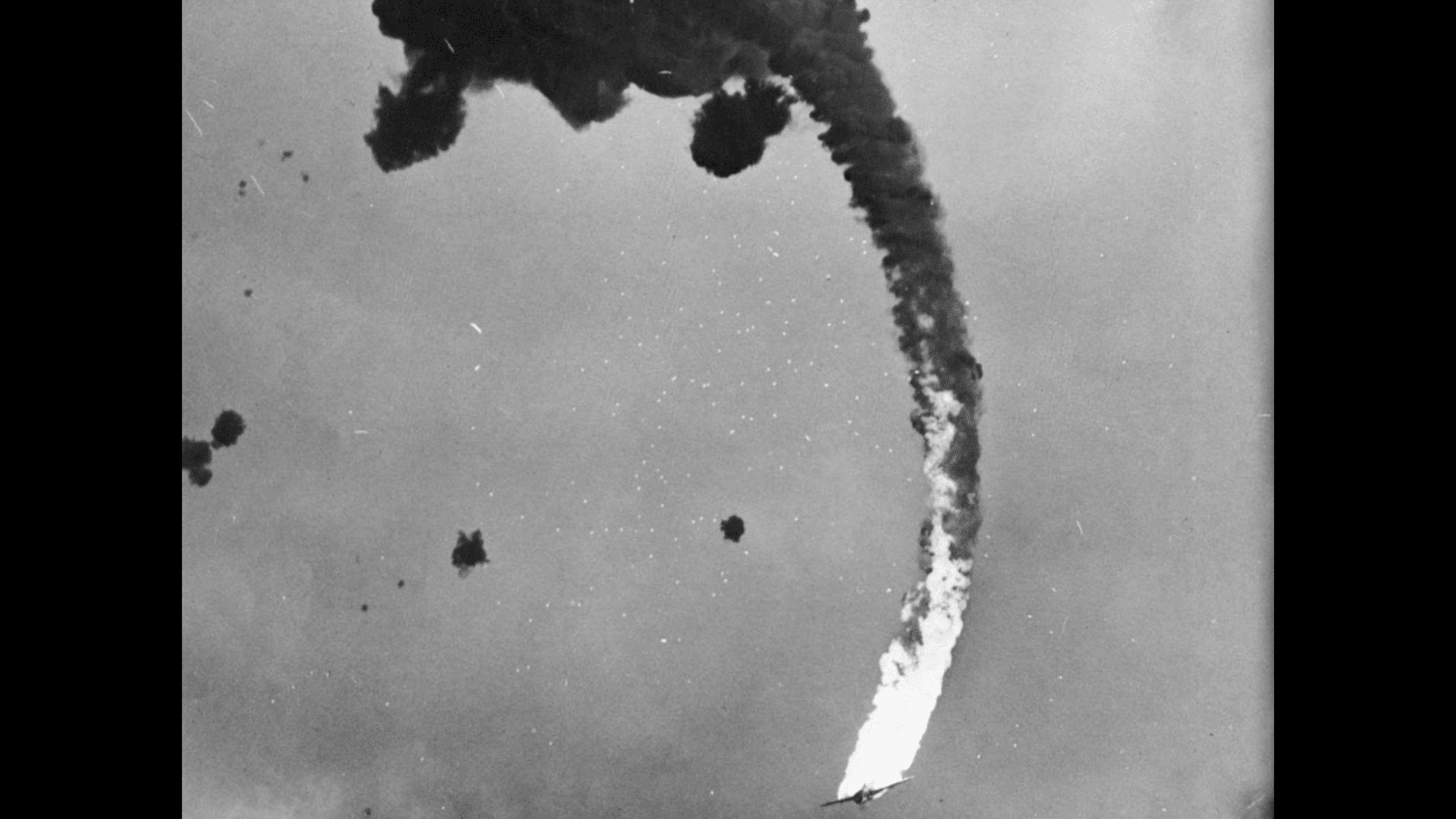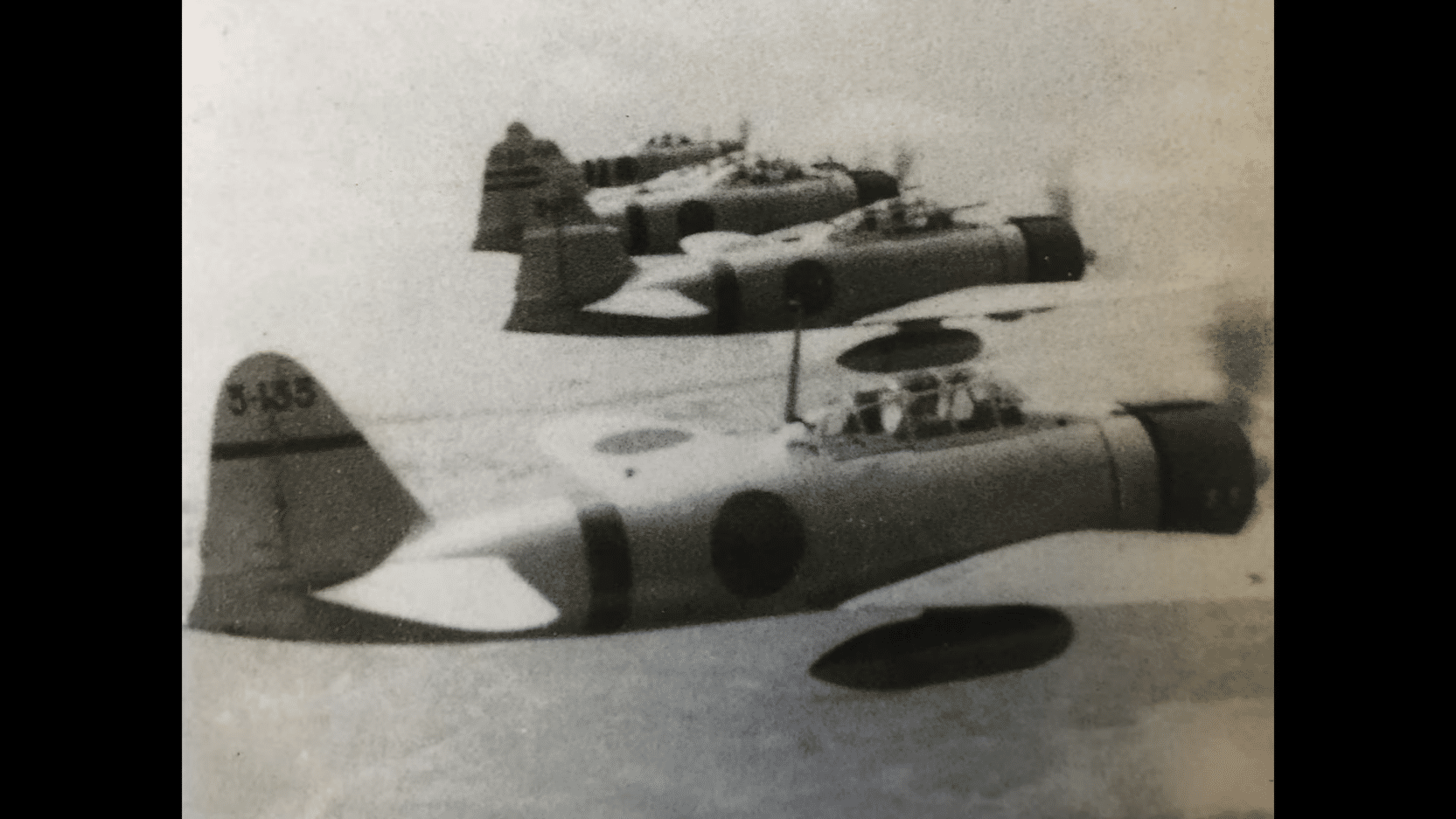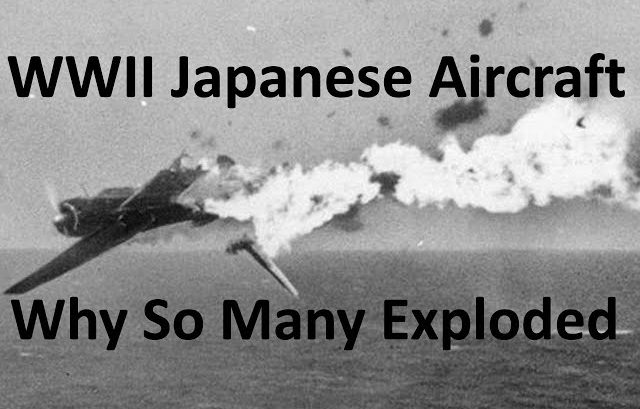Self-sealing fuel tanks are what the Allies and Axis powers adopted to decrease the vulnerability of their aircraft.
In fact, according to a 1948 declassified report, Effectiveness of Incendiary Ammunition Against Aircraft Fuel Tanks, one of the most economical means of destroying enemy aircraft is by setting the enemy’s fuel tank on fire or fuel tank explosions.
Historically Frail
Most Japanese aircraft were historically frail. Early Japanese design relied heavily on maneuverability, range, and speed at the expense of pilot plane survivability.
This design consideration necessitated a lightweight aircraft, so no armor or self-sealing was used in the early generation of fighters.

Vulnerable
Early Japanese aircraft like the Zeke or Zero’s fuel cells were extremely vulnerable to gunfire since they didn’t adopt a self-sealing or leak-resistant design.
The Zero’s fuel isn’t in a rubber bladder- it’s located in a thin gauge welded aluminum box, and the fuel is sloshing around within this box.
A .50-caliber bullet would cause a minimum amount of fuel leak or can cause a hydraulic shock effect within the fuel cell. The hydraulic shock over pressure load may destroy the lightly constructed fuel cell and wing, releasing the fuel.
Destroyed Japanese Plane
The subsequent 50-caliber tracers, incendiary, or armor-piercing incendiary rounds would then pass through the released fuel, not very flammable since the liberated fuel has mixed with the airstream.
The result would be a destroyed Japanese plane due to catastrophic wing rapture and fire.

In Summary
The Japanese never perfected creating an effective self-sealing fuel tank design. But they did adopt effective leak-resistant tanks but it was too late.
The US took advantage of this aircraft’s vulnerability and quickly modified their planes to create more effective, armor-piercing incendiary 50 caliber cartridges.



